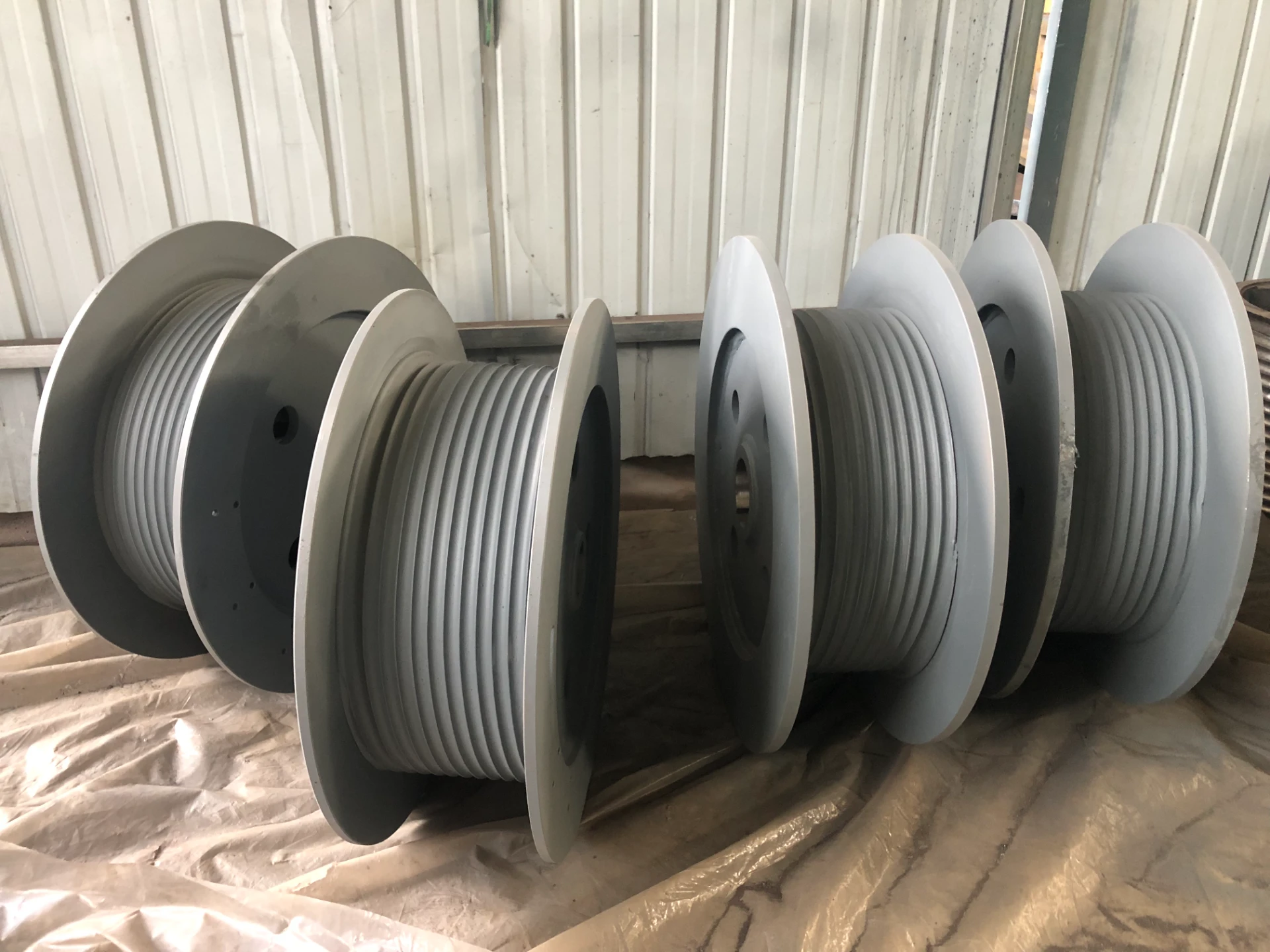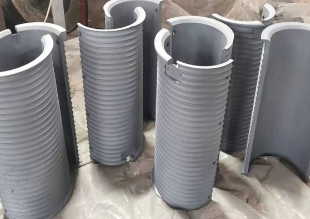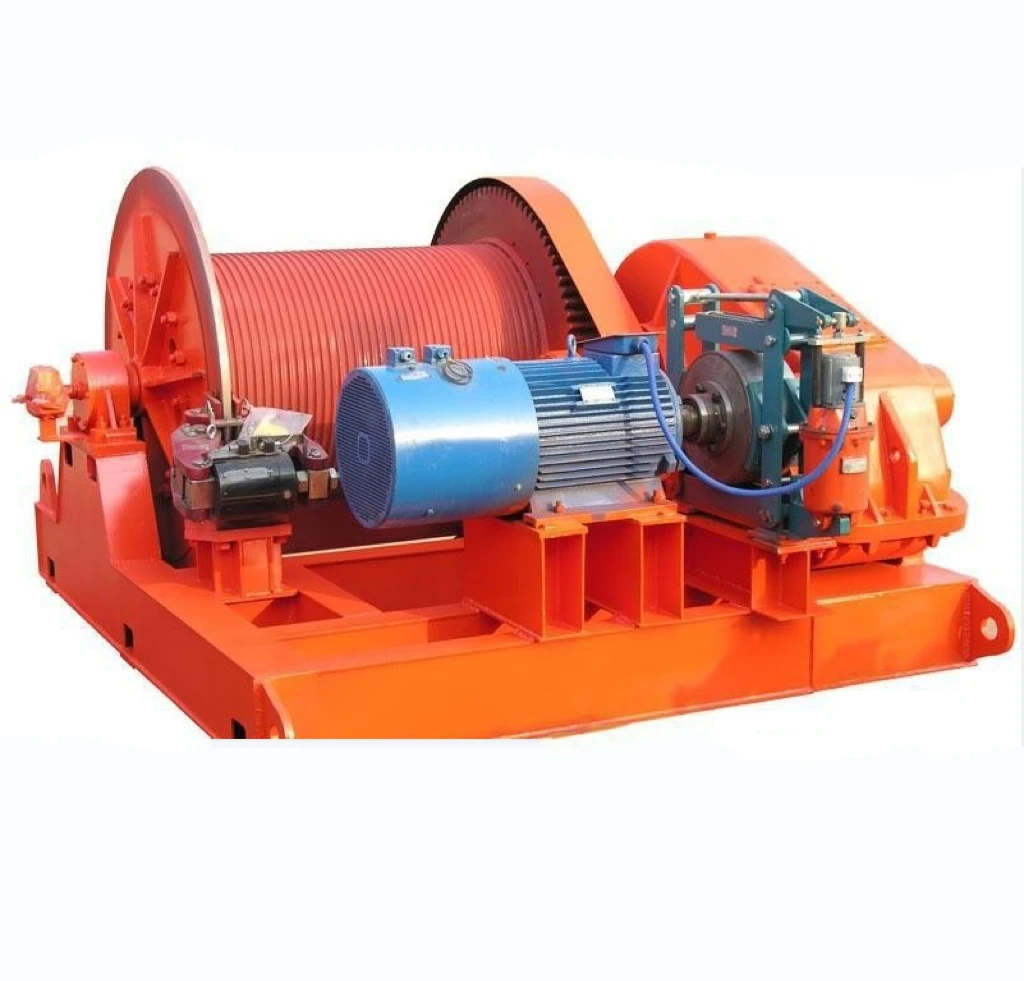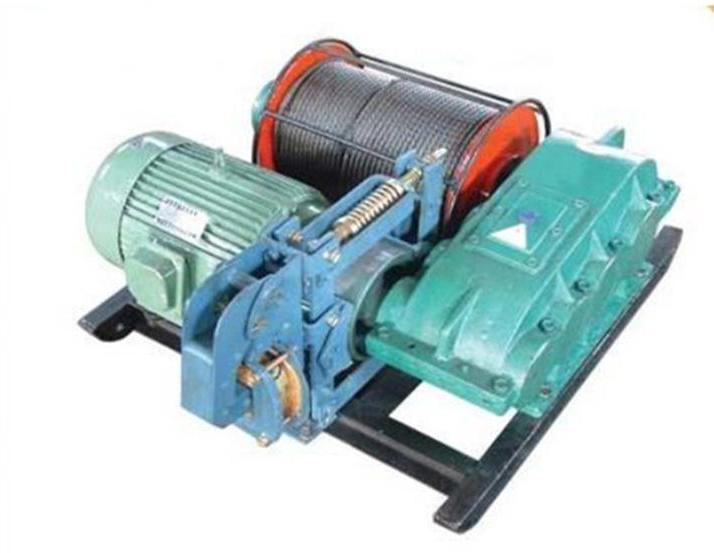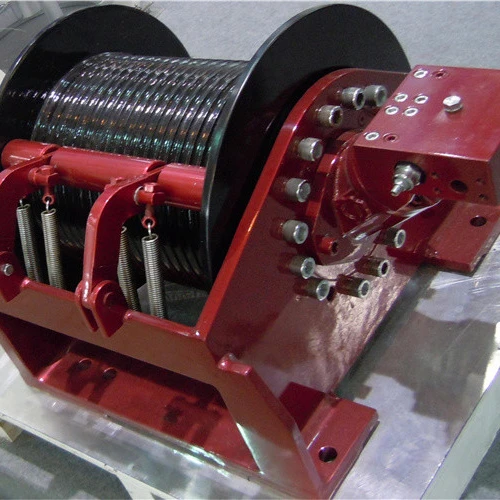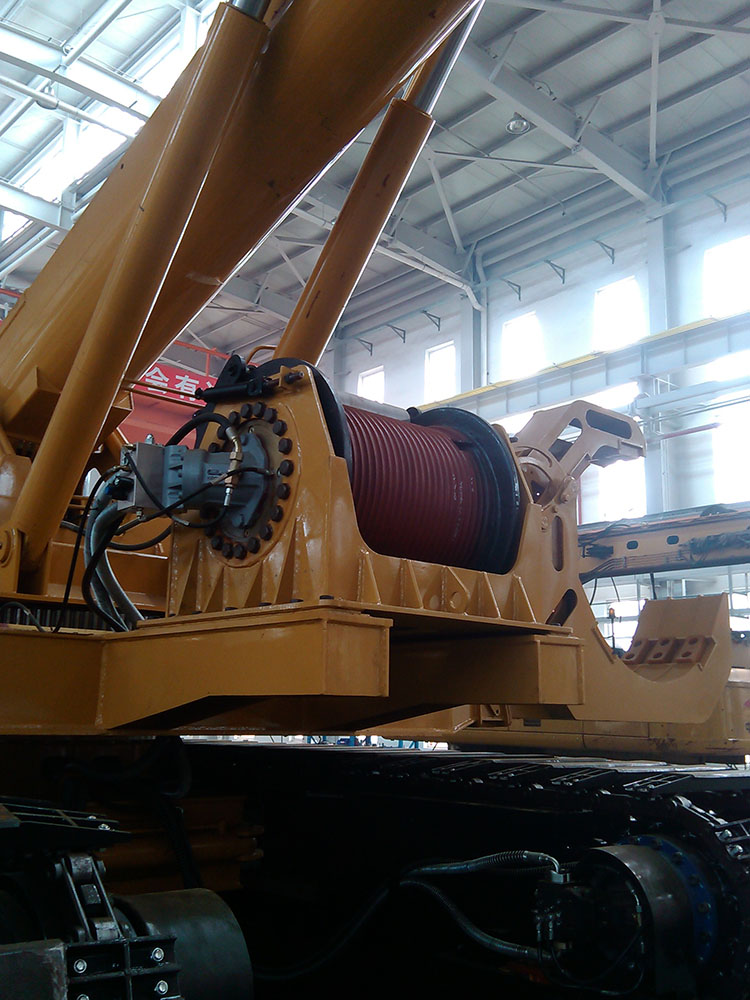Hydraulic Winch for Excavator – Boost Your Machinery’s Strength & Precision
Understanding Hydraulic Winch for Excavator: A Global Perspective
Hydraulic winches for excavators are more than just heavy-duty equipment accessories – they embody a crucial pivot in modern mechanized construction, mining, and disaster relief operations worldwide. Globally, with construction projected to grow by 3.5% annually (source: World Bank), the demand for efficient, reliable, and versatile excavation tools has never been greater. These winches enable excavators to perform tasks that go beyond digging — from pulling heavy loads to assisting in complex lifting scenarios. Understanding hydraulic winches for excavators not only helps industries improve operational efficiency but also safeguards vital infrastructure projects, especially in remote or challenging environments.
Setting the Scene: Why Hydraulic Winches Matter Globally
When you think of an excavator, the first image might be a giant claw digging earth. But add a hydraulic winch, and suddenly, you’ve got a machine capable of pulling, lifting, and maneuvering materials with precision and great force. According to the United Nations Office for Disaster Risk Reduction, robust equipment like hydraulic winches plays a significant role in disaster resilience — aiding in post-flood reconstruction or landslide clearance.
On a more industrial scale, major mining operations in regions like Australia and Canada rely heavily on excavators equipped with powerful hydraulic winches to safely relocate heavy equipment or materials across difficult terrain. These winches address a common challenge: how to combine strength and control in one compact attachment that will hold up to rigorous demands.
What Exactly Is a Hydraulic Winch for Excavator?
In simple terms, a hydraulic winch for an excavator is a device powered by the excavator’s hydraulic system to spool out or reel in an attached cable or rope. It multiplies the machine’s capabilities by allowing it to pull or lift objects much heavier than it could with a bucket alone. Connected directly to the hydraulic pump, these winches tap into existing power sources without requiring separate motors or engines.
This technology isn’t just about heavy lifting — it’s a perfect example of modern engineering integrating the concepts of efficiency and multifunctionality. For humanitarian organizations, having excavators with hydraulic winches means quicker, safer debris removal, and faster access to remote or disaster-stricken areas.
Key Components and Factors of Hydraulic Winch for Excavator
1. Power and Torque
Perhaps the heart of the hydraulic winch system, power output typically ranges between 1,000 to 10,000 pounds of pulling force, depending on the winch size and excavator class. High torque enables smooth, controlled operation even under heavy load — a major plus in preventing accidents or equipment damage.
2. Durability and Material Strength
These winches endure harsh environments: mud, dust, and sometimes saltwater. Manufacturers often use high-grade steel drums and corrosion-resistant coatings to extend service life. For operators, this equates to reduced downtime and maintenance expenses.
3. Compatibility and Mounting
A reliable hydraulic winch must integrate seamlessly with the excavator’s hydraulic circuits. Flexible mounting options allow use on various excavator models, ensuring scalability and customization. It’s surprisingly important because a winch that doesn’t fit properly might cause hydraulic flow issues or mechanical strain.
4. Control Precision
Modern systems often include proportional controls or remote operation capabilities, allowing the operator to adjust pulling speed and direction with finesse. This is especially crucial when working near fragile structures or in tight construction zones.
5. Safety Features
Built-in brakes, overload protection, and audible alarms form an essential safety net. Considering these winches often lift or pull massive loads, thoughtful safety engineering can be a literal lifesaver on job sites.
Hydraulic Winch for Excavator in Action: Global Use Cases
- Post-Disaster Relief: In areas prone to natural calamities, such as Southeast Asia, excavators with hydraulic winches assist NGOs in clearing blocked roads and lifting debris to expedite aid delivery.
- Mining and Quarries: Remote mining operations in Chile employ these winches to reposition heavy mining gear away from unstable zones efficiently.
- Forestry and Land Management: In Canada’s vast woodlands, they aid in pulling felled trees or heavy logs, reducing manual labor and speeding up operations.
- Infrastructure Development: European countries integrating renewable energy infrastructures rely on excavator winches to place heavy cables or support structures precisely.
Mini Takeaway: The versatility of hydraulic winches makes them indispensable across diverse geographies and industry sectors.
Advantages and Long-Term Value
The obvious benefit is operational efficiency — tasks that once required multiple machines or manual labor can now be done faster, safer, and with fewer resources. Cost-wise, investing in hydraulic winches means fewer rented machines or external labor, which adds up over time. There’s also a sustainability angle: fewer vehicles and equipment running simultaneously reduce overall fossil fuel use.
From a social perspective, these winches improve worker safety, reducing the physical strain and accident risks significantly. Trust in such equipment breeds confidence among operators, leading to smoother project execution. Oddly enough, this blend of mechanical strength and human assurance is why many firms see hydraulic winches as essential innovation, not just accessories.
What’s Next? Future Trends and Innovations
- Electric-Hydraulic Hybrid Winches: Emerging technologies focus on hybrid power sources to reduce emissions.
- IoT Integration: Remote monitoring and predictive maintenance sensors help identify wear before failures occur.
- Enhanced Materials: Development in ultra-lightweight composites aims to reduce winch weight while maintaining strength.
- Automation and AI: Partial autonomy in load adjustment and positioning to boost safety and precision.
As sustainability standards evolve globally, these winches are poised to become smarter, greener, and even more reliable.
Common Challenges and Practical Solutions
One snag operators often face is hydraulic fluid contamination, which can cause winch failure. Routine filtration and maintenance are vital. Another issue is compatibility: not all excavators have hydraulic flow settings conducive to winch operation, requiring adapters or specialized installation.
Many manufacturers now offer modular winch kits tailored by specific excavator models — kind of like “plug and play” for heavy machinery enhancements. Also, operator training on control nuances minimizes misuse risks, enhancing overall longevity.
Frequently Asked Questions About Hydraulic Winch for Excavator
- What lifting capacity should I choose for my excavator’s hydraulic winch?
- Consider the excavator’s class and primary tasks. For mid-sized models, a winch with 4,000 to 6,000 pounds of pull force generally balances performance and safety well.
- Can a hydraulic winch be retrofitted to any excavator?
- Most modern excavators can accommodate hydraulic winches, but system compatibility and mounting space should be checked. Consult manufacturers or installers for model-specific recommendations.
- How often should maintenance be performed on these winches?
- Regular inspections every 250 operational hours are advised, including hydraulic fluid checks and cable condition assessments, to prevent unexpected breakdowns.
- Are hydraulic winches safe to operate near power lines?
- Yes, but extreme caution is required. Proper grounding and operator training are essential to avoid accidents when working close to electrical hazards.
- Where can I find reliable hydraulic winch suppliers?
- Manufacturers specializing in excavator attachments, such as those found on this site, often provide customizable options and after-sales support.
Product Specification Table: Typical Hydraulic Winch for Excavator
| Specification | Details |
|---|---|
| Pulling Capacity | 5,000 lbs (approx. 2,268 kg) |
| Drum Diameter | 200 mm |
| Hydraulic Flow Required | 20-60 L/min at 2000 psi |
| Cable Length | 30 m (steel wire rope) |
| Weight | ~120 kg |
| Control | Proportional hydraulic joystick or remote |
Vendor Comparison Table
| Vendor | Pull Capacity | Warranty | Customization | Price Range |
|---|---|---|---|---|
| LBS Winch | 3,000 - 7,000 lbs | 2 years | High (custom mounts available) | $$$ |
| HydroPull Systems | 4,000 - 8,000 lbs | 1.5 years | Medium (standard models) | $$ |
| ExcavatorTools Co. | 2,000 - 6,000 lbs | 1 year | Low (fixed models only) | $ |
Conclusion: Why Invest in a Hydraulic Winch for Excavator?
In the grand scheme, a hydraulic winch for excavator is a multi-tool for heavy equipment operators—so much more than a simple lifting device. It’s an investment in safety, versatility, and efficiency. The increased control and power options make it an indispensable tool in construction, mining, relief efforts, and beyond. If you’re looking to upgrade your excavator’s capabilities, exploring hydraulic winch for excavator options is a smart move. After all, equipment that adapts well to various challenges saves time, money, and maybe even a few headaches along the way.
Thanks for sticking with this — I hope the insights help you when deciding on the right winch system. For anyone interested in exploring product lines or getting hands-on advice, check out https://www.lbswinch.com.
Mini Takeaway: Choosing a hydraulic winch transforms your excavator into a more adaptive and efficient machine, one pull at a time.
References:
-
Double Drum Hydraulic Winch – Durable, Efficient Load Handling SolutionsNewsNov.25,2025
-
Hydraulic Drum Winches: Powering Heavy Lifting with Precision and DurabilityNewsNov.24,2025
-
Hydraulic Driven Winch – Reliable Heavy Lifting Solutions for Industry & ReliefNewsNov.24,2025
-
Hydraulic Crane Winch – Powerful & Precise Heavy Lifting Solutions | LBS WinchNewsNov.23,2025
-
Electric Over Hydraulic Winch: Efficient, Durable Lifting Solutions for Modern IndustryNewsNov.23,2025
-
Hydraulic Logging Winch Guide | Global Applications & InnovationsNewsNov.22,2025


